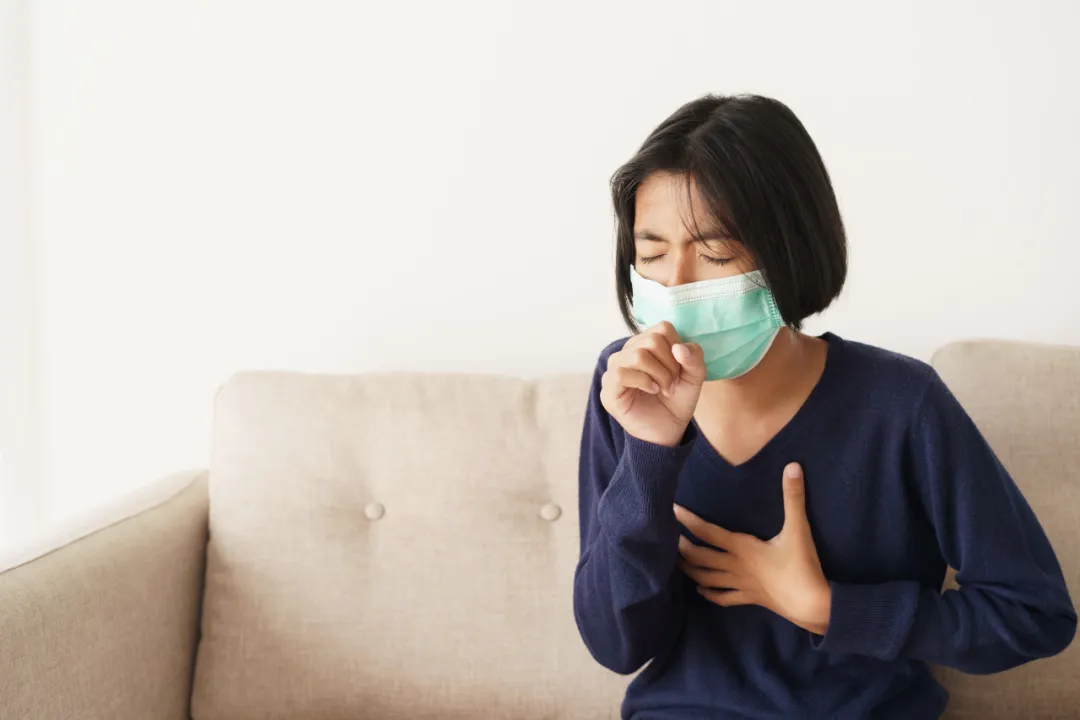Spring sunshine beckons, yet you dare not open windows to enjoy the breeze. Friends invite you to admire flowers, but you watch from afar, masked. Tissue piles tower, eyes swollen like peaches… This isn’t drama—it’s the daily reality for tens of millions of allergic rhinitis sufferers.
In China, allergic rhinitis cases have surged over the past 20 years, with an average prevalence of 10%. According to the Chinese Guidelines for Diagnosis and Treatment of Allergic Rhinitis (2022 Revised Edition) and epidemiological surveys, adult prevalence is approximately 17.6%, while rates are even higher in children (≈15.8%). Chronic nasal congestion in children often leads to abnormal maxillofacial development, and recurrent inflammation in adolescents frequently triggers linked sinus and middle ear issues. Based on total population estimates, China may have over
300 million patients, making it one of the global hotspots for allergic rhinitis.
For these individuals, spring is a survival challenge. Airborne allergens clash violently with fragile immune defenses, sparking a concentrated outbreak of allergic rhinitis.
 Nature’s Assassin: Pollen
Nature’s Assassin: Pollen
In spring, poplars, willows, and flowering plants enter pollination. A single plant can release millions of pollen grains, spreading tens of kilometers via wind. When inhaled by allergy sufferers, pollen triggers an immune overreaction, releasing inflammatory substances that cause nasal mucosal edema, excessive secretions, sneezing, and congestion.
Breeding in Warmth: Dust Mites
Rising temperatures and humidity in spring—especially during southern China’s "Hui Nan Tian" (post-winter humidity surge) and "Huang Mei" (plum rain season)—fuel dust mite proliferation in bedding, carpets, and fabrics. Their corpses and waste, laden with potent allergenic proteins, become airborne during cleaning, entering nasal passages.
Temperature Roller Coaster
Spring’s erratic temperature swings not only increase respiratory infections like colds but also weaken nasal mucosal blood vessels through repeated constriction-dilation cycles, crippling their barrier function. Pollen and dust mites then invade more easily, clashing with immune cells to create a dual assault of colds and allergies.
The "multi-hit" of allergens overwhelms nasal defenses, sparking mucosal inflammation, vessel dilation, tissue swelling, and symptoms like sneezing, runny nose, and congestion. Early standardized treatments—medications, nasal corticosteroids, nasal care—can maintain comfort.
Yet, some patients spiral into worsening cycles of recurring symptoms, often due to misguided coping strategies rather than the disease itself.
Myth #1: Treat Only During Flares, Ignore Prevention
"Wait until the sniffles start—save money and effort!"
Truth:
Allergic rhinitis management prioritizes
prevention. During high-risk seasons like spring, combining allergen avoidance with preemptive medication yields far better results.
Key Tips:
For seasonal allergies, start preventive medications 2 weeks before the season.
Pair physical protection (e.g., masks), environmental control (e.g., air purifiers), and nasal hygiene to
preempt symptoms.
Myth #2: Stop Medication Once Symptoms Ease
"No sneezing after 3 days? Quit the spray!"
Truth:
Allergic rhinitis is chronic inflammation. Symptom relief ≠ mucosal healing! Stopping medication prematurely reignites inflammation, and intermittent treatment is far less effective than sustained therapy.
Key Tips:
Use nasal corticosteroids for at least
2 weeks. Only after 2–3 weeks of controlled symptoms should a doctor assess whether to taper or adjust treatment.
Myth #3: Fear of Hormones, Endure Instead
"Steroids cause dependency! Weight gain! Harm!"
Truth:
Clinical guidelines and studies confirm:
Nasal corticosteroids have minimal systemic absorption, high safety (even in children), and no significant local or systemic side effects when used as directed. As highlighted in our prior article "Are Long-Term Hormones Bad? Nasal Sprays: We’re Different!", these medications are rigorously vetted.
Follow your doctor’s instructions—nasal corticosteroids are safe.
When Prevention Becomes Habit, When Treatment Follows Science
The spring scenes once blurred by tears and snot will finally sharpen. Reclaim spring’s joy. Breathe freely in the breeze. Let every blossom bloom—untethered from allergies.
